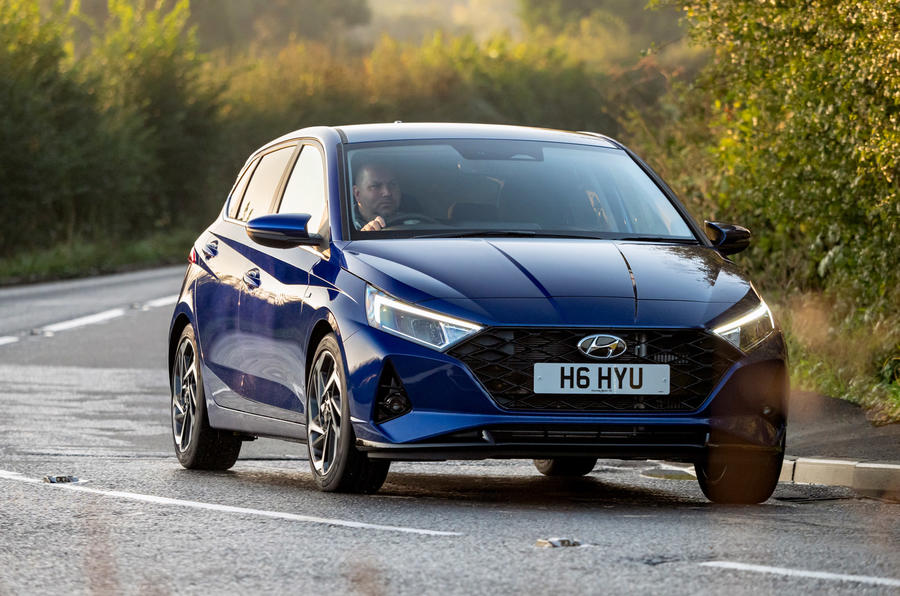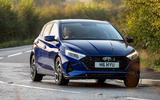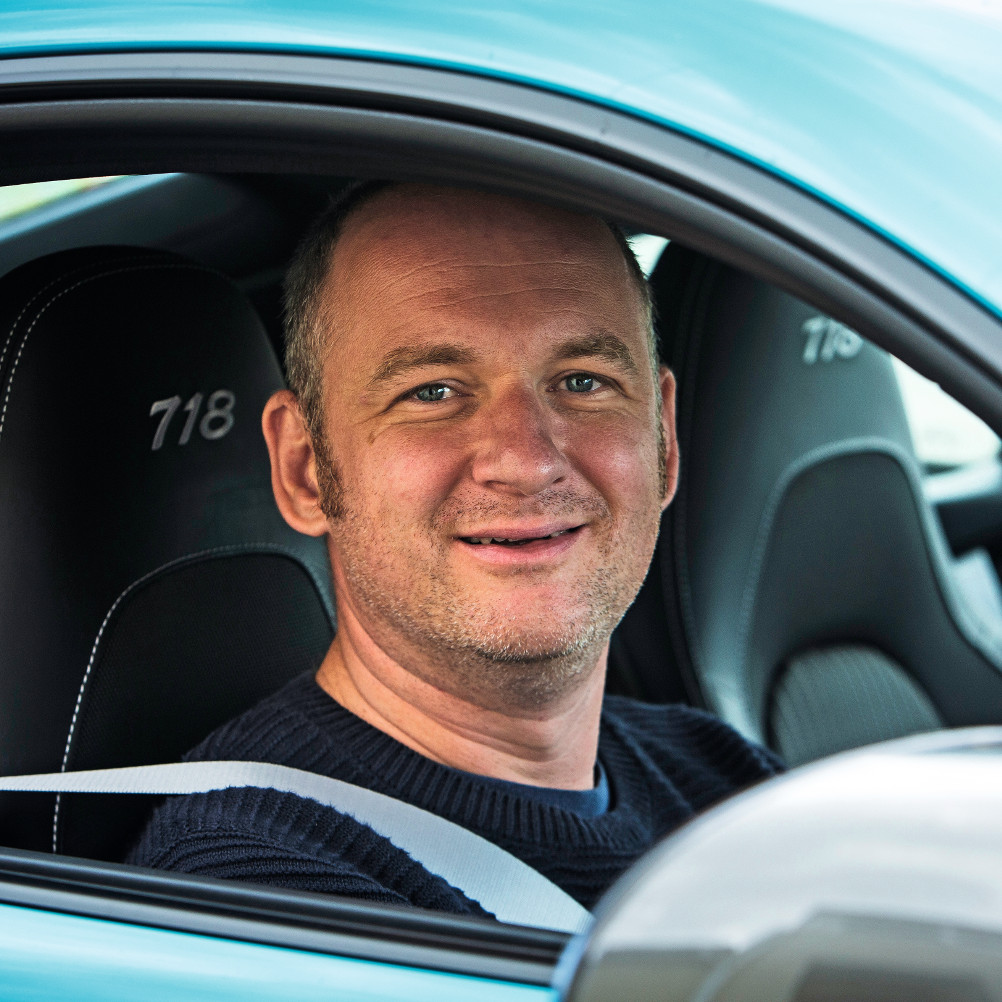What is it?
This is the all-new Hyundai i20, which is now in its third generation following the launch of the original in 2008. Previous Hyundai i20 models have played the value-for-money card, eschewing the style or fun of rivals in favour of eye-catching prices and a five-year warranty. Yet with this latest version, the Korean brand is being a little more ambitious.
For starters, it’s the first recipient of the firm’s bold new ‘Sensuous Sportiness’ (yes, that really is a thing) design language, which aims to inject desirability and glamour and continue Hyundai’s relentless push upmarket from its more bargain basement roots.
Sharp visuals aren’t the only elements of this ambitious attack on the extremely crowded sector of the market, because the i20 also promises a more roomy and upmarket interior that leads the way for technology and connectivity, plus there’s a huge list of driver safety aids and the now obligatory mild-hybrid engines, in this instance packing a big-car 48V supply plus Hyundai’s Intelligent Manual Transmission with its electronically controlled clutch.
Hyundai is also making a big play of its Smart Sense safety that’s standard across the range and runs to lane keep assistance, autonomous emergency braking, Driver Attention Alert, high beam assist and Intelligent Speed Limit Warning to name just a few features.
The range has been rationalised (there’s now SE Connect, Premium and Ultimate, with a sporty N Line to follow), while prices have been hiked, but there’s more kit and those 48V hybrid bits are claimed to boost fuel efficiency by up to 4%.








































Join the debate
Add your comment
Isn't a VW T-Roc full of hard
Isn't a VW T-Roc full of hard plastics, even at £40,000+ R level?
And Autocar don't seem to think that detracts from its "premium" status..
I like it, disappointing
The distaste for the lack of soft touch plastics always annoys though, saying that the quality is lacking and not very premium, when the traditional German premium brands often also have hard plastics and soft plastics do not mean high quality.
In the past the German brands have always been described as the benchmark for interior quality whereas Japanese cars have always been criticised for hard plastics, yet it's the Japanese cars interiors that tend to wear better and prove rattle free for longer in my experience. So I personally wouldn't be put off by the lack of soft touch plastics in this.
si73 100% agree
Too often perceived luxury is confused with quality.
Good competition for the Skoda Fabia....
... until you get to the price!
@ A34 It is true, if you look
@ A34 It is true, if you look at entry price point. Not much car touch the Fabia on that. However, I wonder what a spec for spec price comparison would look like. I would imagine that it would be much closer, but probably still in the older car's favour